Concern for the environment, ecology and sustainability are the values we foster. We are well aware that the time and effort we put into directing our activities to a green path is an investment in the future of us all. Right from the selection of raw materials and the creation of the project’s workshop documentation, we think about maximizing waste management, minimizing energy consumption and reducing environmental impact. We start with FSC-certified raw materials and end with projects in compliance with LEED, BREEAM, DGNB and WELL certification.
Meeting the requirements of environmental performance standards is one of the most important challenges today for furniture manufacturers and complex equipment for office space. At Concession Europe, we join this process with full commitment and we have developed the competence and resources to support our partners in this challenging task. If we want to go far in this direction, we must go together.
Among commercial construction projects, both in the global and European markets, those in office space account for a significant share. The increase in demand for office buildings directly translates into the furniture industry that supplies comprehensive furnishings to the office buildings. Companies such as Concession, which closely collaborate with fit-out developers, must therefore constantly monitor the requirements and trends arising from the needs of construction investors and office building managers. Being on top of all developments, they can quickly adjust their offerings and respond to new customer needs. In addition to currently popular phenomena, such as the creation of open space and the design of comfort and relaxation zones to improve employee well-being, environmentally friendly trends, especially those related to passive construction and so-called sustainable design, are gaining more and more, if not the most, priority. Investors expect the design of office buildings and their furnishing to take into account, right from the start, such aspects as, among others, minimizing the carbon footprint and the environmental performance of the building and finishing materials used. Successful passing of the certification processes and obtaining a “green document” of one of the following international systems: BREEAM, WELL, LEED, DGNB or other, which in turn brings benefits related to the operating costs of such facilities and increases the value of the project.
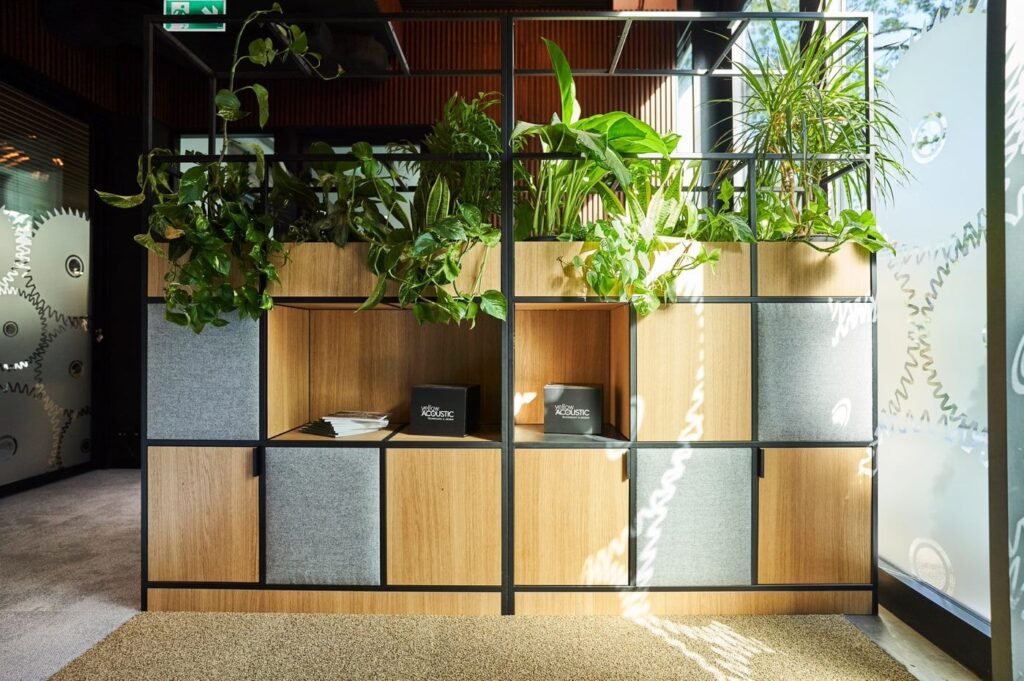
Eco certification inside out, or what does the process look like in practice?
Projects under environmental certification require Concession to ensure that the raw materials used comply with its requirements. The first step, therefore, is to search for suitable materials on the market, and then to gather the documentation that the Employer will need. Components used in the project must be certified for their volatile compound content and have a documented supply chain. As a manufacturer of built-ins, Concession is required to demonstrate that materials and raw materials with COC / VOC and an EPD declaration are used in the production of a given project. In addition, if the order requires that, materials from FSC-certified manufacturers are selected.
Concession Europe Sp. z o.o. holds an FSC Certificate that confirms the continuity of the COC chain. CERFTIFICATION CODE: CU-COC-862431. Each year the manufacturing plant undergoes an audit to maintain certification and ensure its continuity.
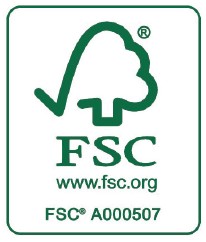
Our team consists of experts who know that proper project development is, from the very beginning, a strong foundation for further stages of implementation. The collection and demonstration of the documents and evidence required for a given certification is the task of the Documentation Department in consultation with the Procurement Department. We employ, on a permanent basis, over 20 people who ensure that our customers receive a set of necessary documents, and that each raw material is thoroughly inspected to ensure that it meets normative requirements.
Examples of certificates collected during the project development: Cradle to Cradle, fire reaction class according to PN-EN 13501, EPD (Environmental product declaration), FSC of suppliers, Declaration of performance, Product Lens Certification, Health Product Declaration (HPD) (operated by the Health Product Declaration Collaborative.), Product Health Declaration (operated by Global Green Tag).
Beware of formaldehyde!
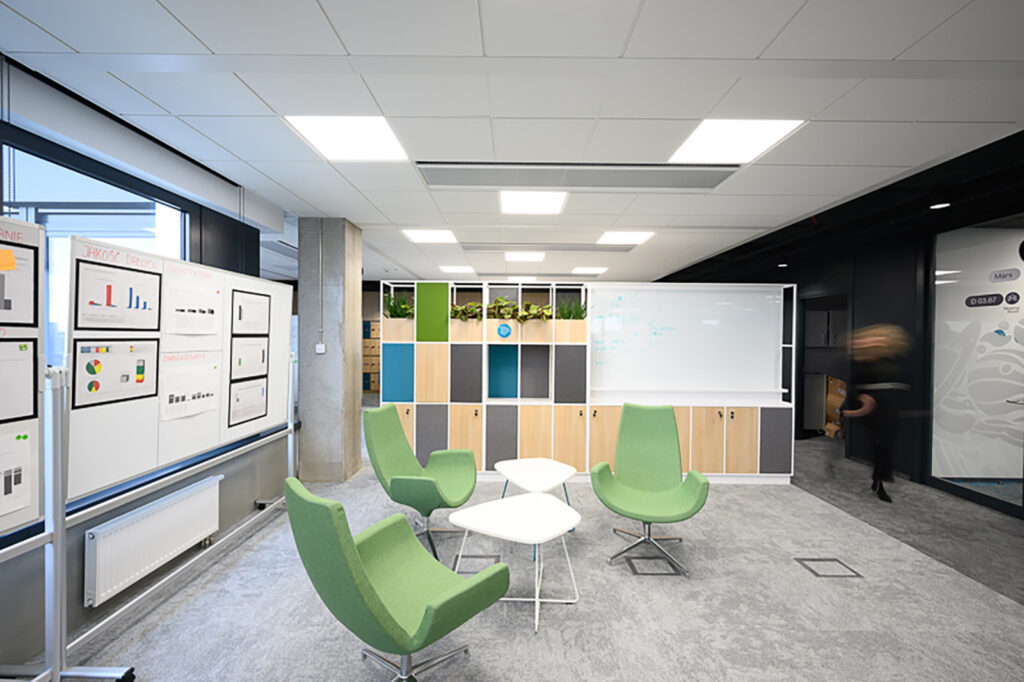
The emission of formaldehyde released from various structural components used in commercial and office spaces is of particular importance in the production of contract buildings. None of the components used in the projects must emit VOCs, and to ensure this, manufacturers are required to meet a number of standards and use certified raw materials. At Concession, it is our daily routine to source and verify the origin and emission levels of formaldehyde in the context of numerous industry standards. We work with documentation on a daily basis: Blue Angel, Emicode EC1, Emicode EC1Plus, Eco-Institute Label, Finnish Emission Classification of Building Materials (M1), Indoor Air Comfort Goldm Nature PLUS, TÜV SÜD guidelines TM-07, TM-09, TM-10 or GUT. Our qualified staff search and collect documentation and the procurement department has developed sources of suppliers depending on the requirements of a specific project.
Certification action, or the operational aspects of implementing projects in compliance with environmental standards
The vastness of Concession’s experience in carrying out projects intended for certification, and the nature of such projects, is best demonstrated by specific examples from the course of the order. Here are some of them:
All of these impediments, especially given the scale (often the installation involves areas of 10,000 m2 and more), are a major challenge for companies carrying out certified orders. At Concession Europe we have achieved proficiency in this matter. We have developed appropriate procedures, we take into account the requirements and limitations as early as at the planning stage, and thus we carry out installations on time, meeting even the most rigid restrictions.
Concession helps to reduce your carbon footprint
In the case of products made of wood and wood-based raw materials of known origin, and these are the ones we most often deal with at Concession, negative carbon footprint is achieved. How is this possible?
The carbon footprint is expressed in kilograms of carbon dioxide equivalent (kg CO2 eq.) and represents the amount of greenhouse gas emissions over the life cycle of a product. This is the sum of all emitted gases (including CO2, methane and water vapour), which affects the energy balance of the atmosphere, contributing to an increase in its temperature. As the trees grow, they absorb CO2 from the atmosphere, which is retained in the product for the duration of its use and thus does not contribute to further heating of the planet, giving a negative balance of the aforementioned gases.
The favourable carbon balance is due to one more aspect. Post-production wood waste, as well as used products subject to disposal can be burned, generating additional energy for other industrial processes that would otherwise use fossil fuels.
Thus, assuming that the wood comes from renewable sources, both the carbon stored in the wood and the offsets in the form of energy generated from burning wood waste are treated as “negative emissions” in the carbon footprint calculation. This favourable balance is further supported by rational logistics operations and the selection of local suppliers, as well as sustainable and optimized production.
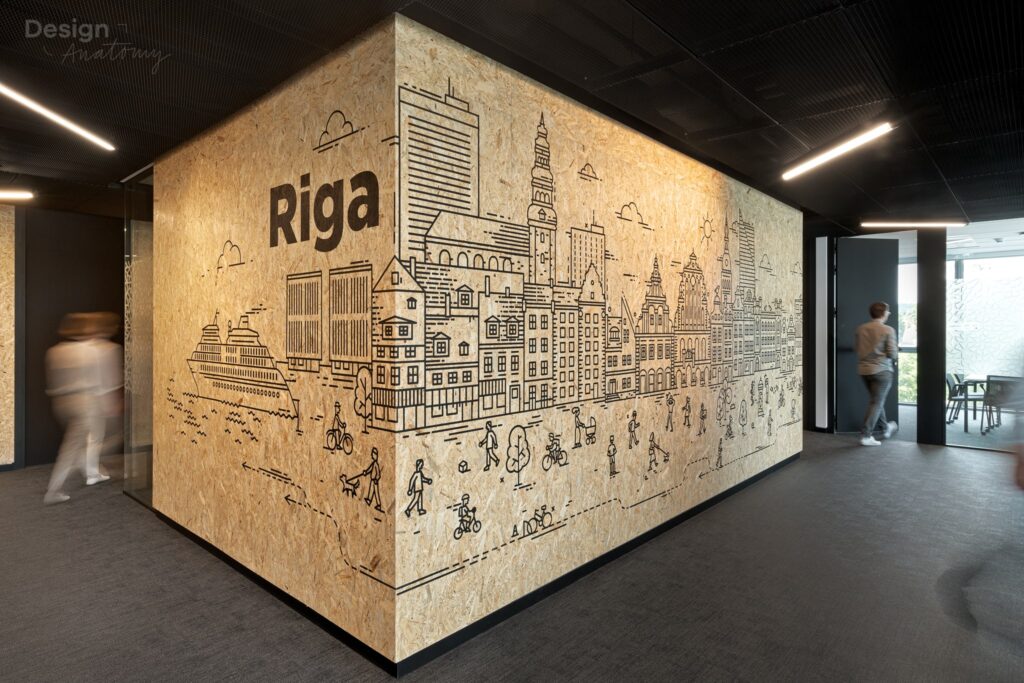
Execution of one of the offices in Olivia Business Center in Gdansk, carried out for the BREEAM certification. OSB, which was created from wood waste, was used for the wall cladding. Given a choice of laminated, MDF or veneered boards, Concession Europe was asked to use the most environmentally friendly raw material. This out-of-the-box solution brought challenges from the machining stage all the way to installation, but the final result further demonstrated the environmental references the client wanted.
Implementation of the project at the Business Garden location in Wroclaw, made using FSC-certified raw materials. We made and installed furniture built-ins: employee lockers, closet cabinets, flower pots and reception counters – all with materials of verified origin.
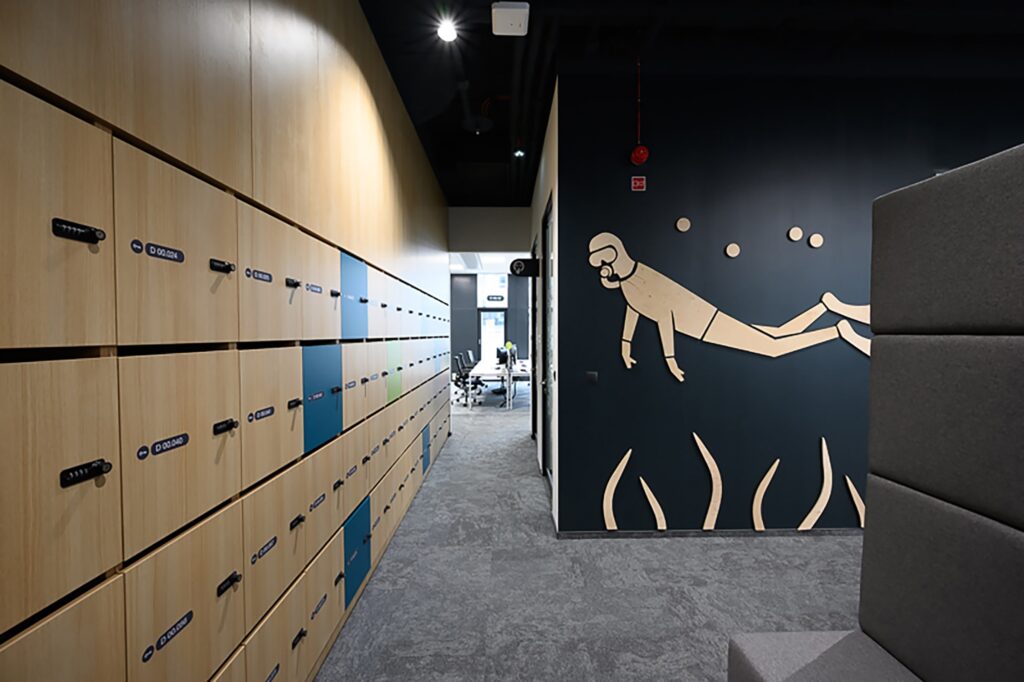
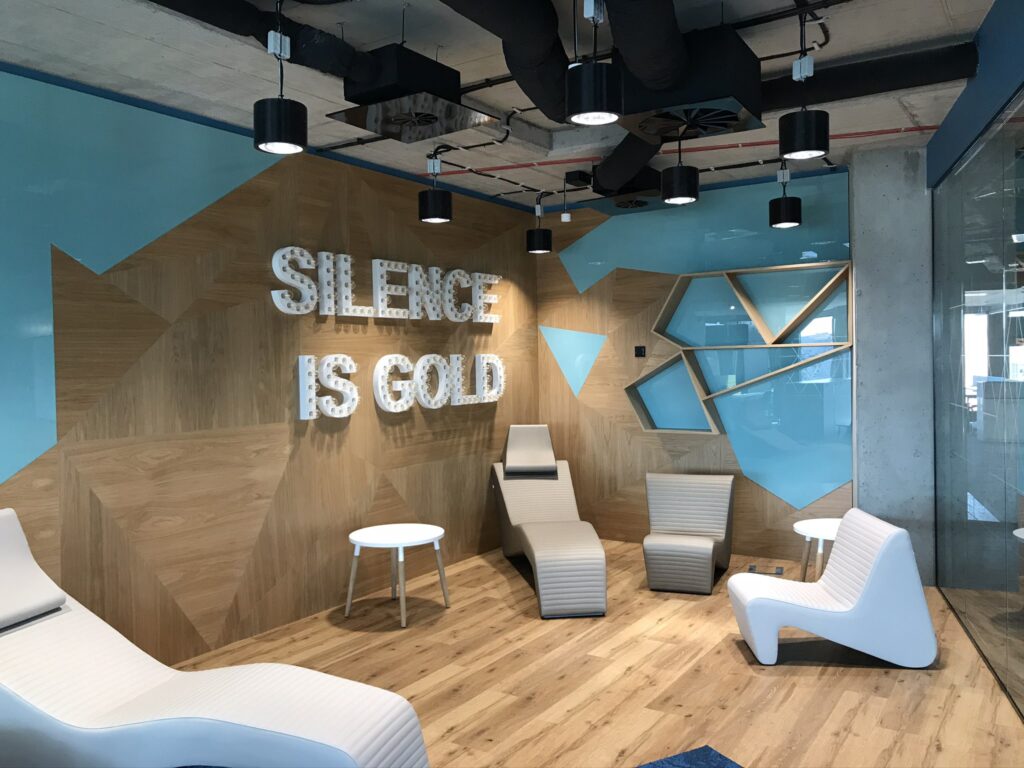
Face to Face project, made under BREEAM certification. Katowice office with an area of 3000 m2. The scope of work included: reception counters, wood veneer lamella ceilings, acoustic ceilings in rooms, upholstered and wooden wall coverings, photo wallpapers, kitchenettes, tables, sliding partitions and lockers. The materials used included: oak veneer, steel, glass, concrete and upholstery. A huge variety of materials produced a great visual result, but was a big challenge as regards documentation.
Certificates
Certificates relating to raw materials and unit furniture products
Reference to the Concession business: In the case of contract furniture, made to customized orders, obtaining the final product is based on custom production. The EPD declaration is granted for series production materials and furniture, in which there is full identification and traceability of the product. In carrying out contract orders, Concession therefore uses materials that have voluntary Environmental Product Declarations (EPD) provided by manufacturers. Emerging developments, by virtue of their unique nature, are not subject to such declarations.
“Green Building” certificates awarded to buildings

BREEAM (Building Research Establishment’s Environmental Assessment Method) is a multi-criteria system for evaluating buildings for their environmental impact, referring to all materials used during the construction (as well as fit-out) process. BREEAM is the most widely selected certification method for office buildings. It was created in 1990 in the UK. It is currently applied in 77 countries. In order to obtain the BREEAM designation, it is necessary to employ a so-called assessor who oversees the implementation of multi-level system solutions.

WELL (International WELL Building Institute certificate) is a standard focused on evaluating products from the point of view of the health and comfort of building users. It consists of a series of functions (broken down into elements for use in new or existing buildings) containing performance indicators, design and execution strategies that serve to regulate various aspects affecting health, comfort and awareness of users in relation to the main 10 categories such as: air, water, nutrition, light, movement, thermal comfort, acoustics, materials, mind and community.
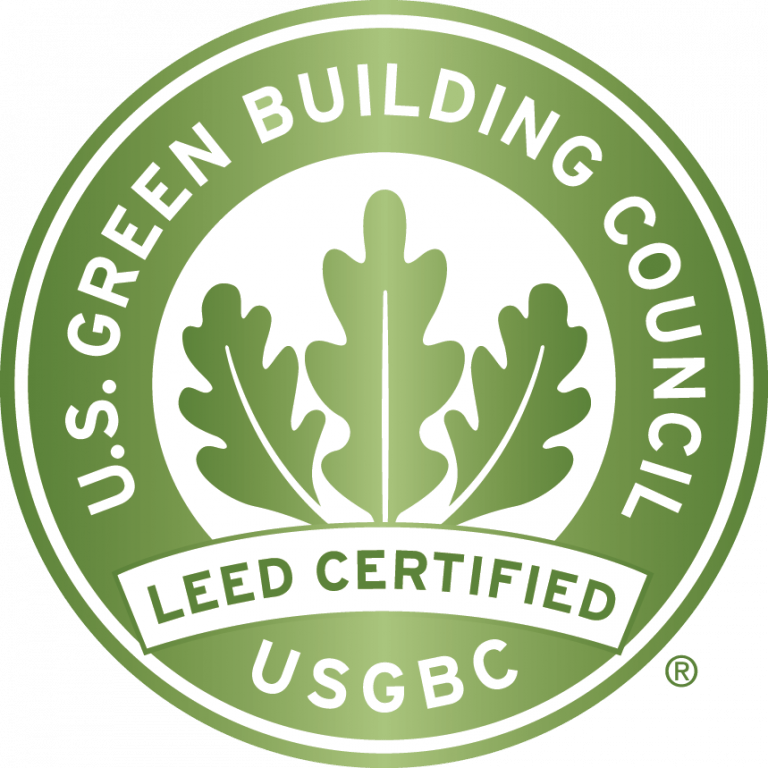
LEED (Leadership in Energy & Environmental Design) is certification intended for real estate facilities built by developers, industrial and office buildings as well as hotels, taking into account environmental performance at every stage of the life cycle (from design, through operation to maintenance). It provides a clear identifier of the implemented green building design, structure, operations and results. The criteria considered under this certification are evaluated for a certain number of points, known as credits. Their sum determines whether a project will receive the LEED certification at a certain level: Certified, Silver, Gold or Platinum. The requirements of the highest – Gold and Platinum levels are extremely stringent and impossible to meet without close cooperation between the investor, general contractor and subcontractors. At Concession, we are fully aware of our obligation to deliver the project in accordance with the requirements of the LEED certification system, and we are one of the few able to meet stringent provisions of the GOLD level.

DGNB (Deutsche Gesellschaft für Nachhaltiges Bauen) German multi-criteria building evaluation system – DGNB Certification System. It was established in 2008 as an initiative of the German Sustainable Building Council. The system is present in 21 countries. It enables the evaluation and measurability of closed-loop economy solutions at the building level and establishes clear incentives for the design and implementation of “climate-positive” buildings. The evaluation criteria are grouped in the areas of ecology, economics, socio-cultural factor, technology, processes and location. Importantly, failure to meet two criteria excludes the project from positive certification. This relates to the amount of VOCs in the air and facilities for people with disabilities. The DGNB system is recognized in the industry as a next-generation certification. It currently comprises 1,500 facilities.
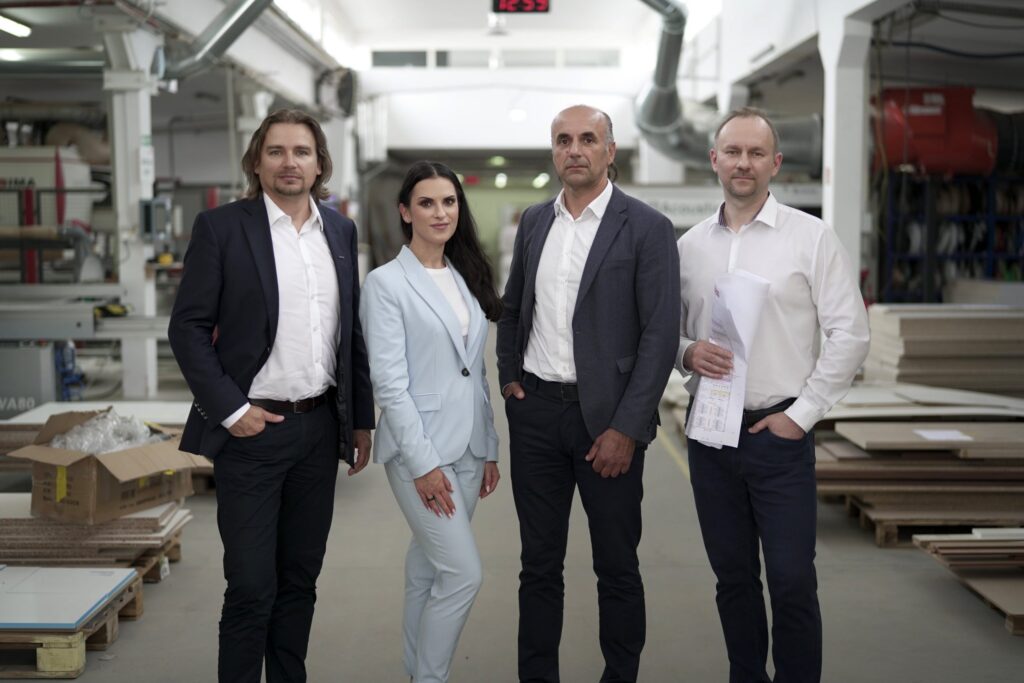
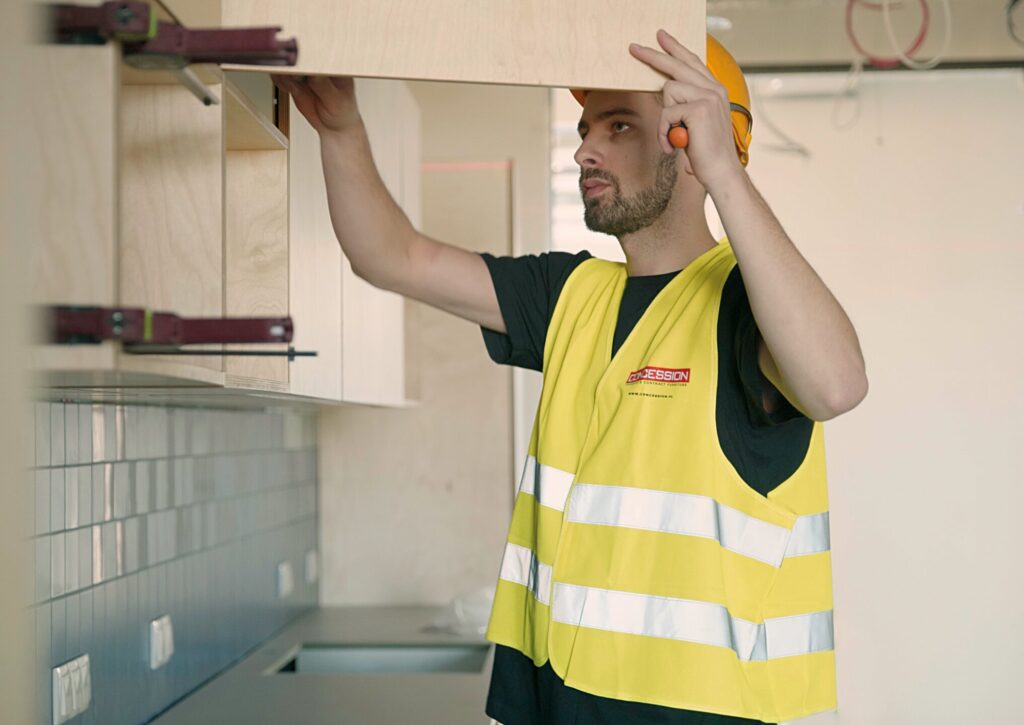
Subscribe to our newsletter and stay up to date.